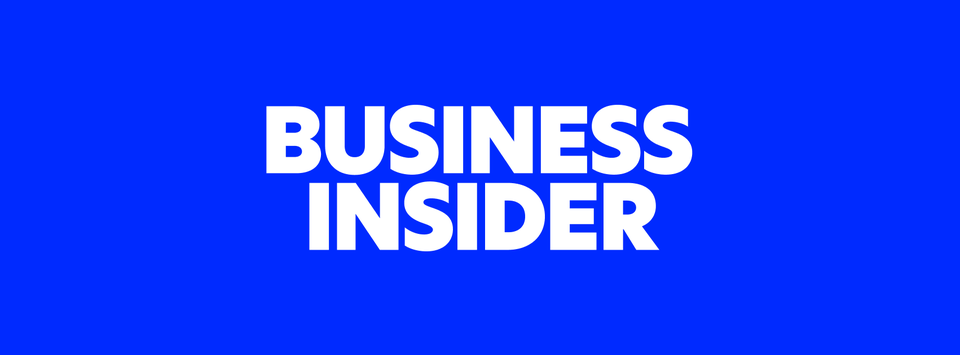


What you want to know about business. Follow us on Facebook, Instagram, YouTube
209 χρήστες τους αρέσει
0 Δημοσιεύσεις
0 τις φωτογραφίες μου
0 Videos



